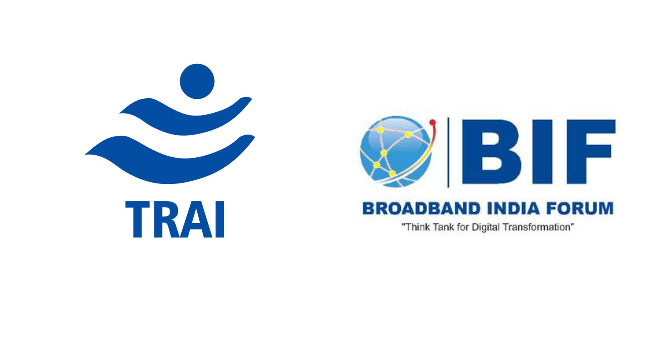Urging India’s telecom and broadcast regulator TRAI to side with ‘regulatory restraint’ on issues relating to media ownership, Broadband India Forum (BIF) has highlighted that some stakeholders were making attempts to ‘confuse and confound’ the concepts of dominance and its abuse.
“We want to highlight that the comments made by some stakeholders confuse and confound the two separate concepts of dominance and abuse of dominance. While dominance by itself is not bad, its abuse is. Equating high market share to an abusive conduct will spell disaster for innovation and economic growth as enterprises will be penalised even if their conduct does not adversely affect competition in any market,” BIF observed in its counter-comments to TRAI consultation on issues pertaining to media ownership, dominance and possible regulations to increase media pluralism.
Pointing out that it’s always not correct to assume that markets are competitive only if the market concentration is low, BIF reasoned that those stakeholders had “failed to consider the fact that oligopolies can be competitive and typically compete not only on price parameters but also on non-price parameters”.
“In case of the media sector, non-price parameters would include pluralism. Merely because certain markets are characterised by oligopolies does not mean regulatory intervention is needed. While comments also state that there is direct correlation between high market concentration and low media plurality, no demonstrable evidence has been offered to support this,” the BIF observed, countering submissions made a slew of organisations suggesting more restrictions on issues like pricing and licencing of hitherto unlicensed entertainment services.
While commenting on observations relating to the antitrust body CCI, BIF has said that Competition Commission of India has sufficient tools and powers to assess anti-competitive conduct in the media sector.
“A few stakeholders and industry bodies have submitted that additional regulation is needed to address concerns relating to abuse of dominance and vertical integration in the media sector. However, the comments do not state or clarify if and how the existing competition law regime fails to address the concerns,” BIF said.
It went on to reason that the Competition Act is a sector-agnostic legislation and the CCI has “significant experience in determining competition in media markets”, having adjudicated multiple deals in this space.
Further, the Competition Act also provides for appointment of experts as well as consultation between the CCI and other regulators, BIF opined, saying suggestions for a separate media regulatory body to advise the CCI in media matters were not justifiable.
“Any regulatory or policy measure proposed by the TRAI should be backed by a carefully considered assessment of demonstrable market failure, backed by evidence, and the policy or regulatory measure that is being proposed to address the given market failure.
“Doing nothing is an option if markets are competitive and there are no market failures that need to be remedied. Uncertainty over anticipation of future harms should not be the basis for proposing regulatory intervention. A light touch regulation or no regulation is desirable and ex-ante regulation in any form should preferably be avoided,” BIF said in a well-reasoned submission.
On suggestions made to regulate entry into the media sector, BIF countered that “regulating market entry will only increase barriers to entry and, ultimately, reduce competition in media markets”.
The industry organisation urged that TRAI may exercise regulatory forbearance, else there were chances that it may “conflict with established jurisprudence of the CCI, dilute the mandate of the Competition Act and create regulatory uncertainty”.
OTT Platforms Not Substitutes for Telecom Service Providers: Some submissions were made that OTT platforms should be licensed as they were chipping away revenues of traditional video distribution platforms. Countering such a line of thinking, BIF has clarified that streaming services, technically, were essentially an internet-based app, “not owning or working a telegraph”.
“It should be appreciated that central to the Telegraph Act is the concept of owning, establishing, operating and maintaining a telegraph which, as defined in the Telegraph Act, is what attracts licensing. OTT’s do not own, establish, operate or maintain a telegraph – so the question of attracting a license as a TSP does not arise,” BIF observed.
And, then it goes on to quote from TRAI’s own past observations on the issue that defined an OTT platform as a service provider that offers information and communication technology services, but neither operates a network nor leases network capacity from a network operator.
“In view of TRAI’s own definition, OTT services are mere applications provided to end users over the internet using the network infrastructure of licensed Telecom Service Providers (TSPs). They neither operate on a network nor lease network capacity from a network operator for the provision of their services.
“Thus, the argument that the licensing under Indian Telegraph Act applies to OTTs is flawed…OTTs are not substitutes of TSPs,” BIF observed.
It argued, on the other hand, OTT platforms have provided consumers with access to services at a lower cost, increasing “consumer choice and have provided new avenues to media content creators”.
“Introducing a licensing regime for OTTs will increase barriers to entry, reduce innovation, reduce competition, and have a significant negative impact on existing OTTs’ business. This would, ultimately, have adverse impact on consumer choice and India’s economic growth,” BIF summed up.
 Jio Platforms net profit up 25.7% in Jan-Mar quarter
Jio Platforms net profit up 25.7% in Jan-Mar quarter 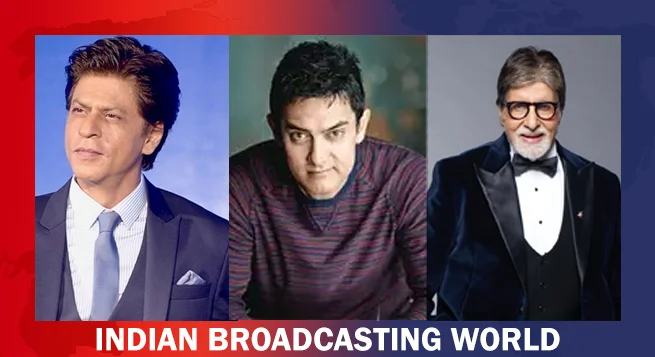 SRK, Aamir, Big B, Ted Sarandos, WPP CEO, MPA chief, other stars, to headline WAVES
SRK, Aamir, Big B, Ted Sarandos, WPP CEO, MPA chief, other stars, to headline WAVES 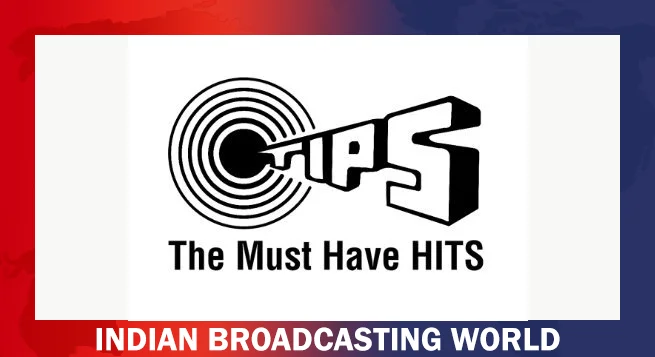 TIPS Music ends FY25 on high note with 29% revenue growth
TIPS Music ends FY25 on high note with 29% revenue growth  WAVES’ Bharat Pavillion to showcase Indian media’s evolution,culture
WAVES’ Bharat Pavillion to showcase Indian media’s evolution,culture 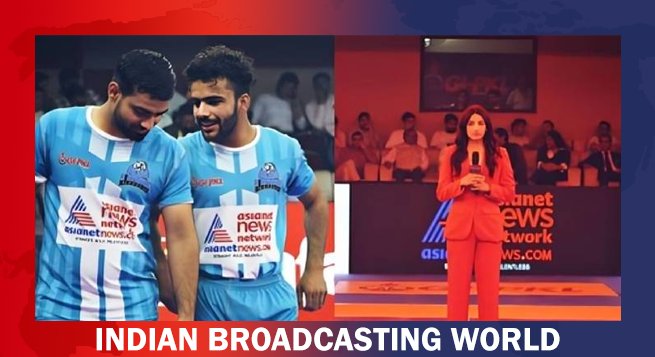 Asianet News sponsors kabaddi teams Tamil Lion, Lioness teams
Asianet News sponsors kabaddi teams Tamil Lion, Lioness teams 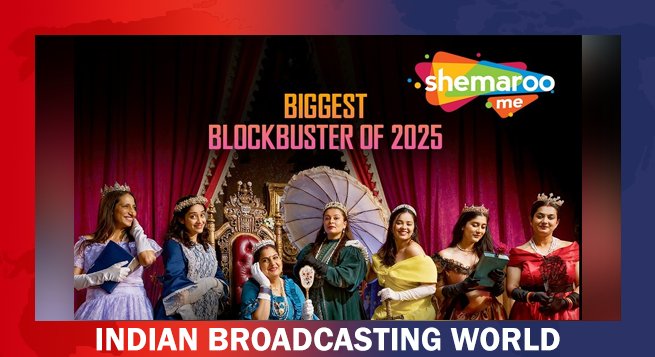 ShemarooMe unveils women-centric ‘Umbarro’
ShemarooMe unveils women-centric ‘Umbarro’ 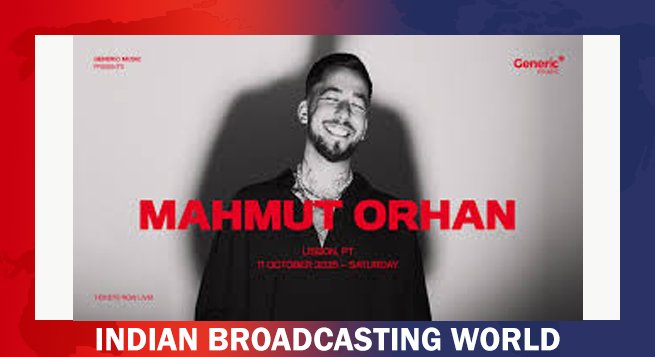 Global DJ sensation Mahmut Orhan to perform Live in Mumbai
Global DJ sensation Mahmut Orhan to perform Live in Mumbai 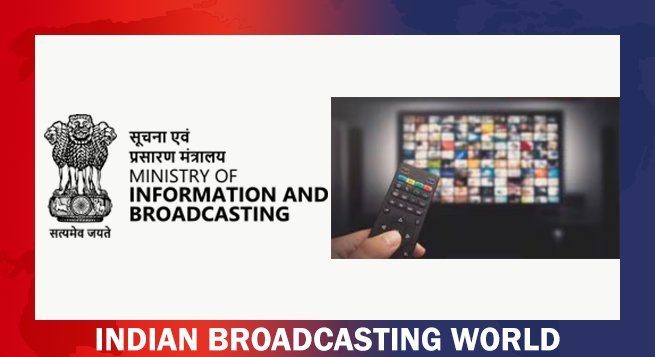 Govt directs OTT platforms to follow disability laws
Govt directs OTT platforms to follow disability laws 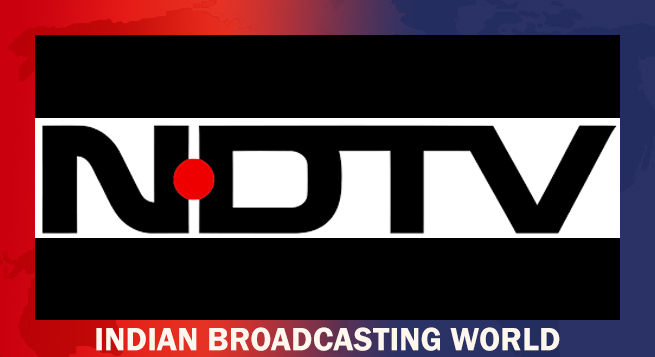 Adani-owned NDTV losses increase
Adani-owned NDTV losses increase 


